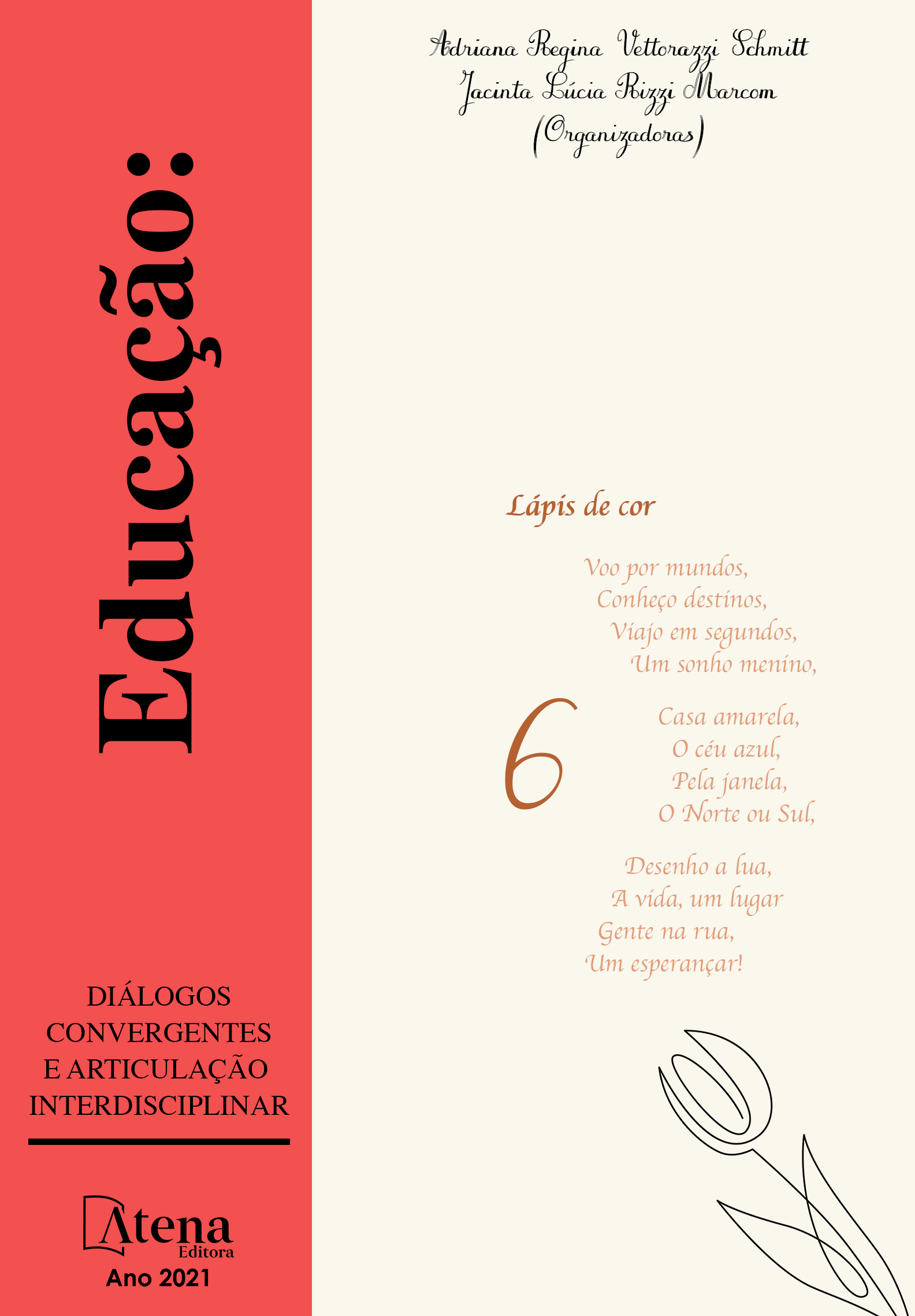
TRAJETÓRIA DA APLICAÇÃO EM MDE EM TRÊS MUNICÍPIOS DA FRONTEIRA OESTE DO RS (2014-2020)
A Educação Brasileira, de acordo com a legislação, deve ser garantida com condições de qualidade, igualdade de acesso e permanência a todos os cidadãos. Para assegurar que a educação, que é um direito social, seja viabilizada, é preciso de um financiamento da educação pública condizente, e por assim afirmar, suficiente. Segundo o arcabouço legal brasileiro, cada município deve gastar, no mínimo, 25% da arrecadação de impostos em Manutenção e Desenvolvimento de Ensino (MDE), tornando claro como devem ser aplicados estes gastos nos artigos 70 e 71 da Lei de Diretrizes e Bases da Educação Nacional - LDBEN (9.304/96). Na busca da compreensão desse preceito, nasceu a proposta de uma pesquisa que objetivou analisar o financiamento educacional de três redes municipais de ensino da Fronteira Oeste do Estado do Rio Grande do Sul (RS), a fim de averiguar o percentual de vinculação efetivado na educação nesses municípios. A metodologia utilizada na pesquisa foi o estudo de caso, que segundo Gil (2002), possibilita conhecer particularidades e mesmo assim permite uma percepção geral das problemáticas investigadas. Este texto é um recorte do estudo e analisa a aplicação em MDE nesses três municípios no período de 2014 a 2020, por meio dos dados disponibilizados no site do Tribunal de Contas do Estado (TCE) do RS. Consta-se que em grande parte do período estudado um município não atingiu o percentual mínimo de 25%, enquanto os outros dois municípios, em média, aplicaram 27%, em MDE. E, por fim, observou-se que no ano de 2020, frente à pandemia causada pelo Coronavírus, nenhum dos três municípios aplicou os 25% necessários, apontando para duas reflexões: o grande desafio em que a educação pública brasileira se encontra no tempo atual e a necessidade de um maior controle público e social sobre a correta aplicação dos recursos públicos.
TRAJETÓRIA DA APLICAÇÃO EM MDE EM TRÊS MUNICÍPIOS DA FRONTEIRA OESTE DO RS (2014-2020)
-
DOI: 10.22533/at.ed.96921220920
-
Palavras-chave: Financiamento da Educação. Educação Pública. Vinculação de Recursos. Accountability.
-
Keywords: Educational Financing. Public Education. Resource Linking. Accountability.
-
Abstract:
Brazilian education, according to the law, must be guaranteed with quality conditions and equal access and permanence for all citizens. To ensure that education, which is a social right, is made possible, it is necessary to have adequate, and so to speak, sufficient financing for public education. According to the Brazilian legal framework, each municipality must spend, at least, 25% of the tax collection on Education Maintenance and Development (MDE), making it clear how this spending should be applied in articles 70 and 71 of the Law of Directives and Bases of National Education - LDBEN (9.304/96). In the search for understanding this precept, a research proposal was born, which aimed to analyze the educational funding of three municipal education networks in the Western Border of the State of Rio Grande do Sul (RS), in order to verify the percentage of linkage effective in education in these municipalities. The methodology used in the research was the case study, which, according to Gil (2002), makes it possible to get to know particularities and yet allows a general perception of the problems being investigated. This text is a cut of the study and analyzes the application in MDE in these three municipalities in the period from 2014 to 2020, through data available on the website of the State Audit Court (TCE) of RS. It is noted that for much of the period studied one municipality did not reach the minimum percentage of 25%, while the other two municipalities, on average, applied 27% in MDE. And finally, it was observed that in the year 2020, facing the pandemic caused by the Coronavirus, none of the three municipalities applied the 25% required, pointing to two reflections: the great challenge that Brazilian public education finds itself in today and the need for greater public and social control over the proper application of public resources.
-
Número de páginas: 15
- Ana Carla Ferreira Nicola Gomes
- Gabriel de Oliveira Soares
- Ederson Nunes Bueno
- CALINCA JORDÂNIA PERGHER


